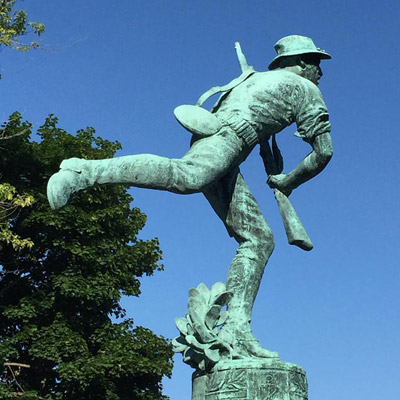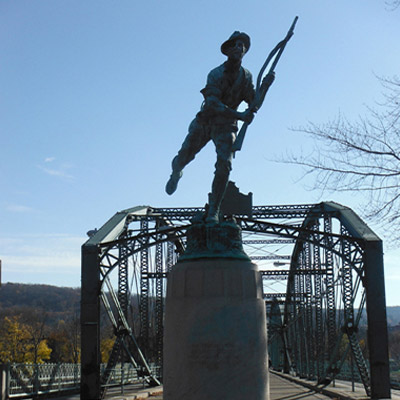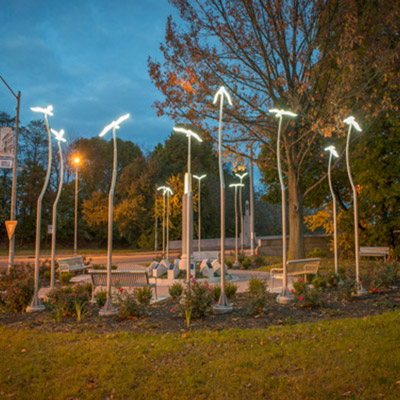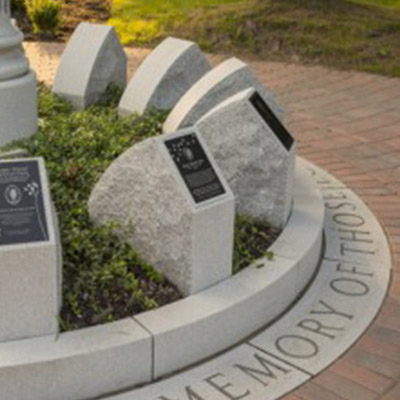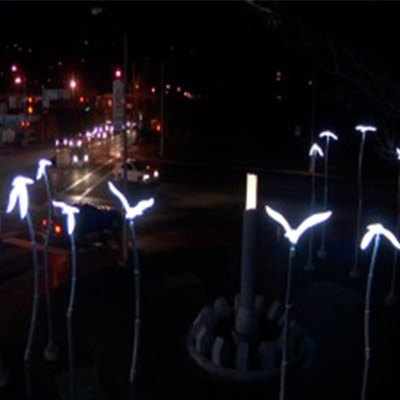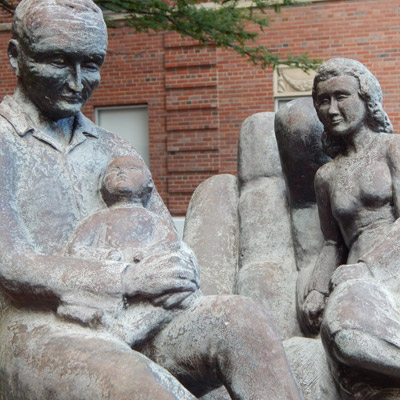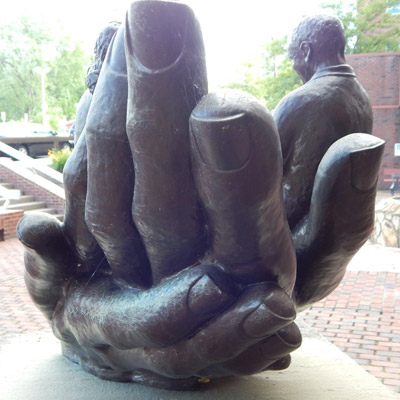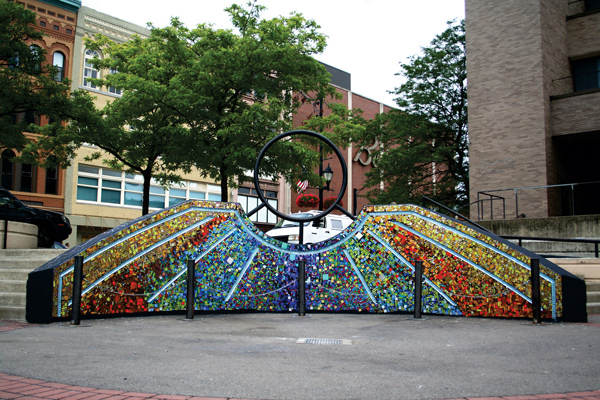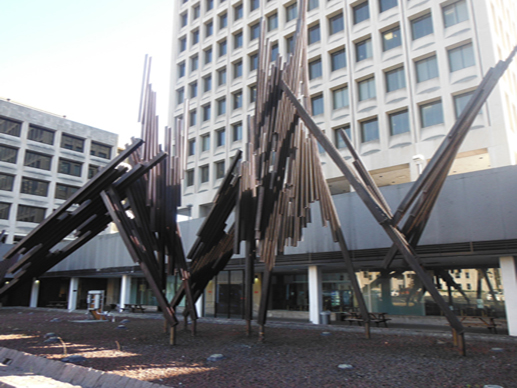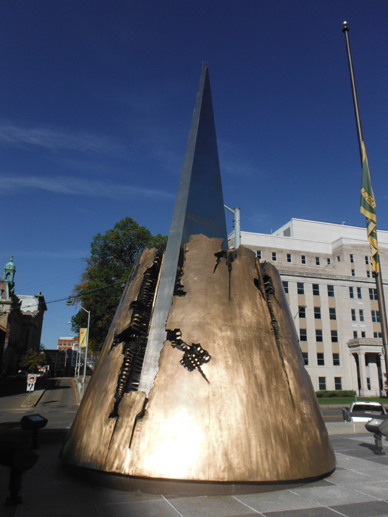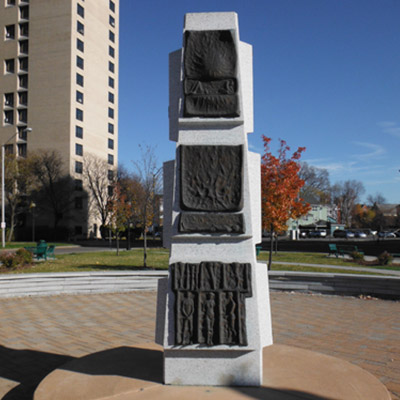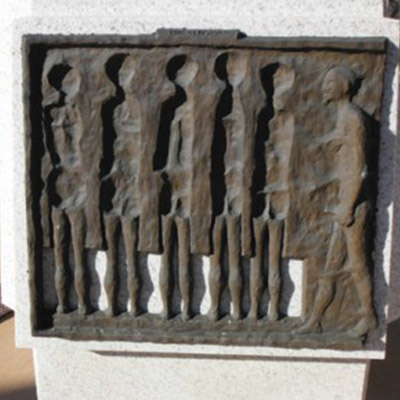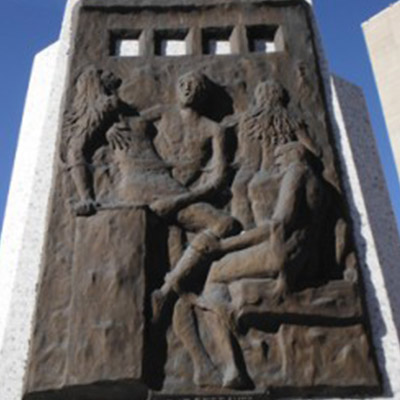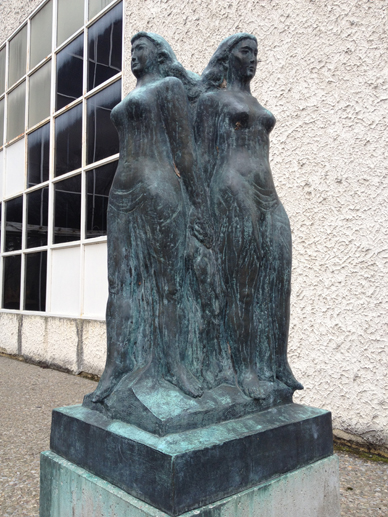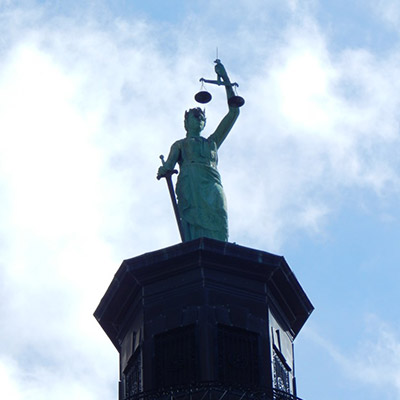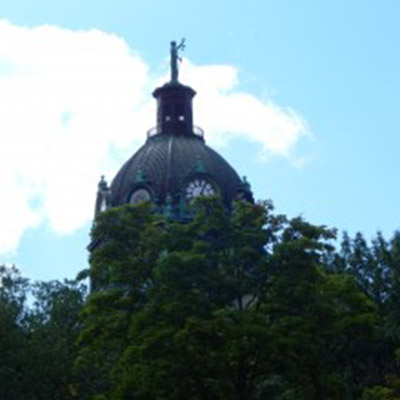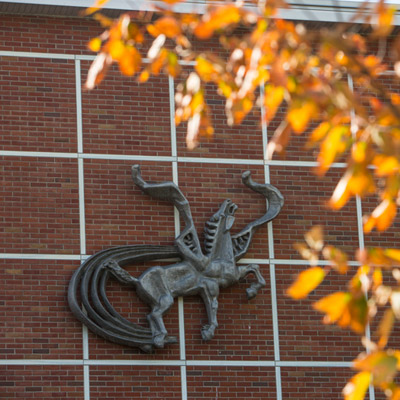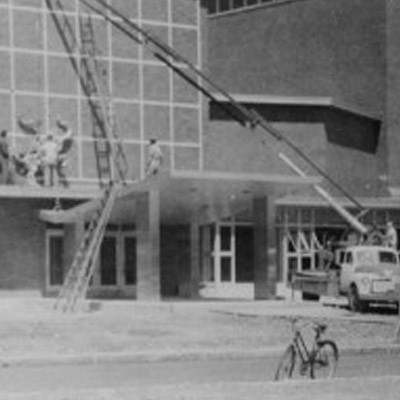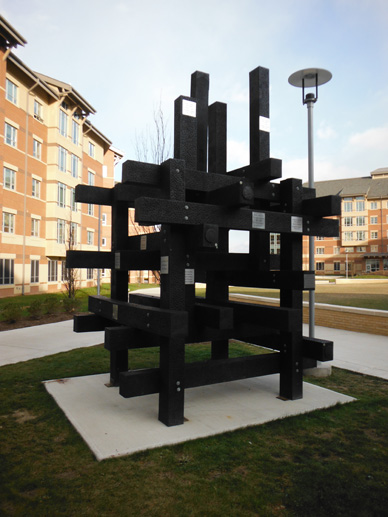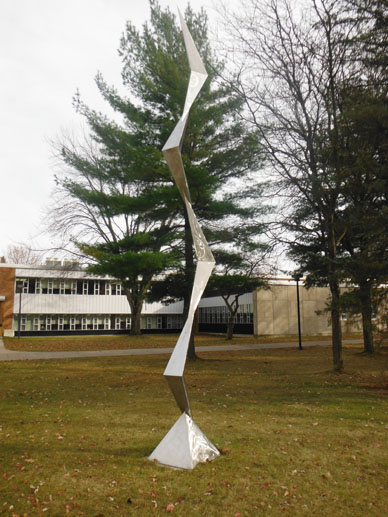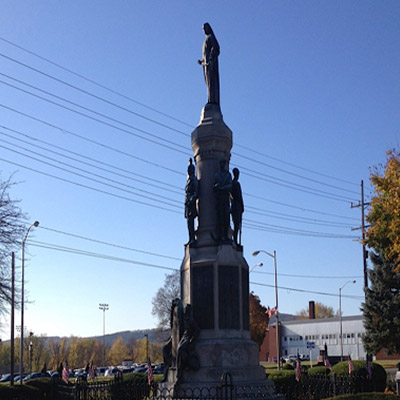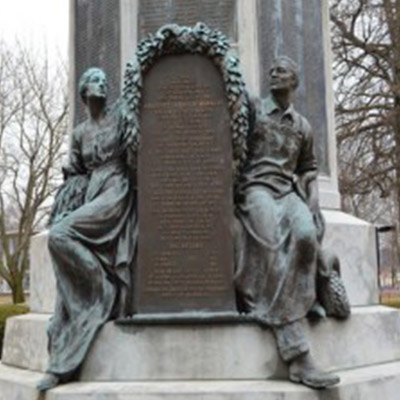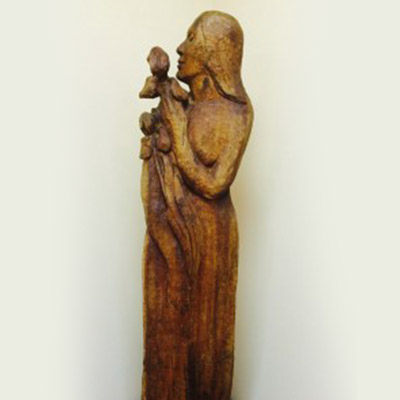Reviewed by Lee Shepherd
Take four fine musicians, put them in an 1850s church surrounded by farm fields frequented by horses and other critters, and ask the performers to play their favorite works, and you’ll get the marvelous concert performed last night (July 25) by the Fenimore Quartet at the West Kortright Music Centre.
If you don’t know about this art center, in such an unlikely location, you should. Its season runs from late May through late October and runs the gamut from classical to folk and ethnic music, and also includes Shakespeare, films and workshops in fine arts, playwriting, dancing, publishing and more. An hour and a half drive from Binghamton (south of Oneonta, near East Meredith), the events are worth every penny of the gas it costs to get to them.
Ironically, when the Scots-Irish immigrants built this church (saved from demolition and transformed into an arts center in 1975), the only musical instruments allowed in the building were the human voice and the tuning fork. They’ve come a long way.
Now to last night’s performers. Ruotao Mao and Sue Rabut, violin, Dee Dee Fancher, viola, and Ruth Berry and Ben Whittenburg, cello, are all first chairs of the Glimmerglass Festival orchestra.
Informality and intimacy are the perfect combination for a chamber concert. Mao spoke eloquently to the audience to describe the program, beginning with the Divertimento in F Major, an early classical work by Mozart, probably written in his teens. It was charming and witty, with a few unexpected and quickly resolved discords in the Andante.
The String Quartet in B-Flat Major, Opus, Op. 130, was written at the other end of a composer’s life – when Beethoven was nearing death. The introspective work is still in a classical box, but the box is melting. One can only think the first movement displayed his anguished, fragmented thinking and mood swings, while the Presto was a joke on all – very short and almost too fast to play. Members of the Fenimore Quartet, with pyrotechniques by Mao, tossed it off effortlessly. The melodies of the Cavatina wept while singing, while the themes of the Alla Danza Tedesca stomped gleefully — perhaps a lively German peasant dance.
Intermission provided a time for concert-goers to stroll the grounds and visit a unique exhibit by Kate Hamilton of clothing made from paper. After the break, Whittenburg came on stage to add a second cello to the ensemble. The quintet offered an exquisite rendition of Schubert’s String Quartet in C.
The Scherzo demonstrated Schubert’s signature gambit – a lively dancing Presto contrasted by a slow trio. This trio mimicked an organ chorale, with one gorgeous chord evolving into another. The Viennese Allegretto ending the work was like topping off a good meal with a large hunk of delicious apfel strudel.
These four folks, in the incestuous world of the professional chamber musician, came together to play for the Glimmerglass Opera, but they’ve known each other for years, in various schools and ensembles, Berry noted. They’re obviously good friends and have a great deal of fun performing together. Their technique, artistry and blend as an ensemble are unfailing.
In the best of all possible worlds, they’ll stay together as an ensemble long after the Glimmerglass season is done.
In the encore built right into the program, the quartet donned neck scarves, and played a rip-roaring gypsy number, Czardas a la Zingra by V. Monti. As members of the Fenimore are all music gypsies and since most of us traveled a fair distance to hear them, what a fitting way to end the concert!
Check out the bevy of offerings at the West Kortright Music Centre, at: www.westkc.org or call 607-278-5454.

